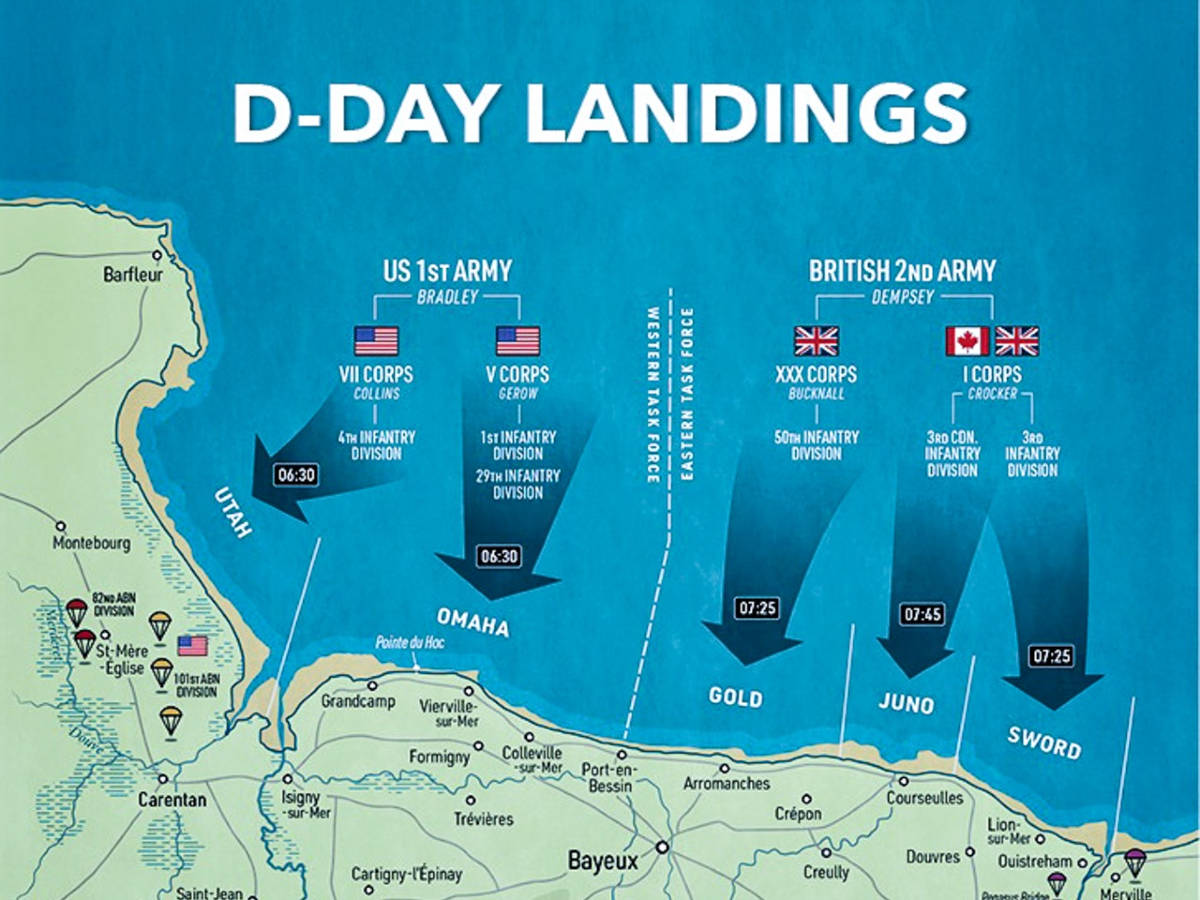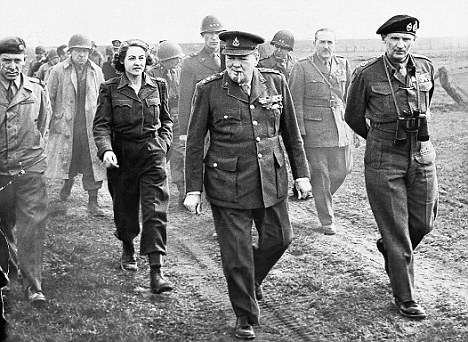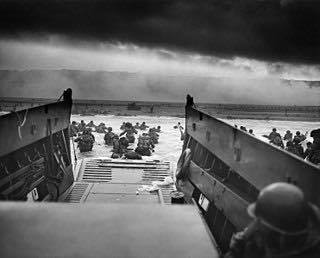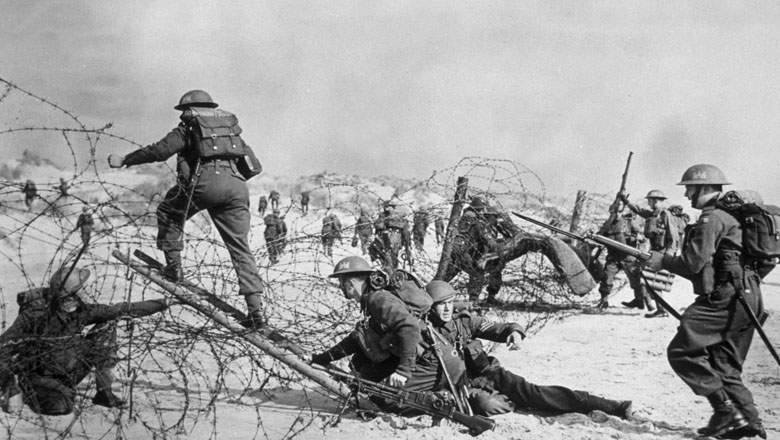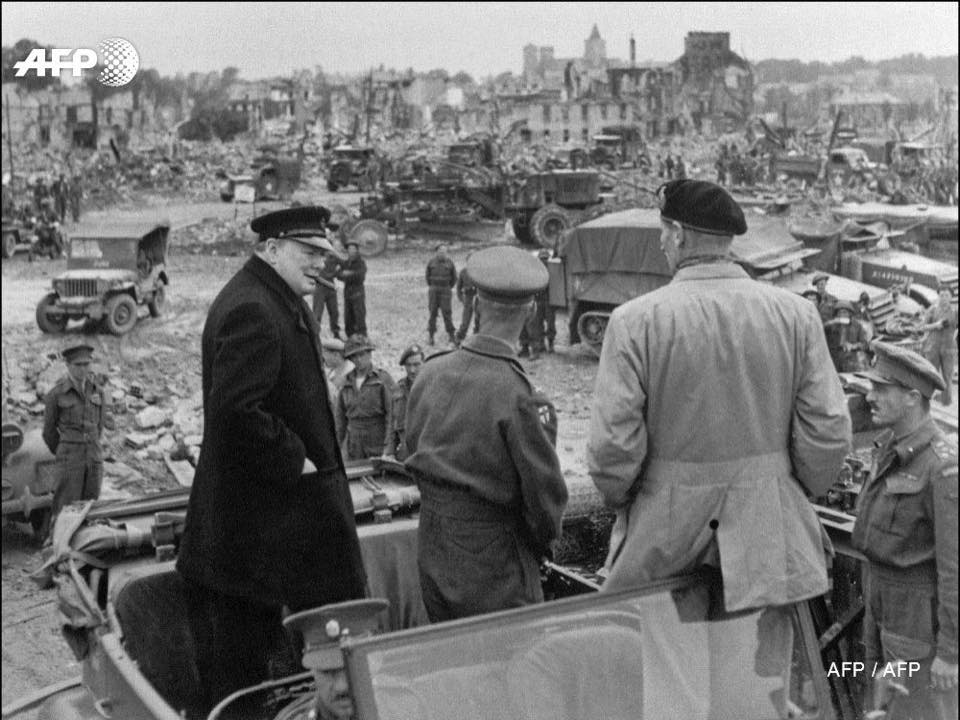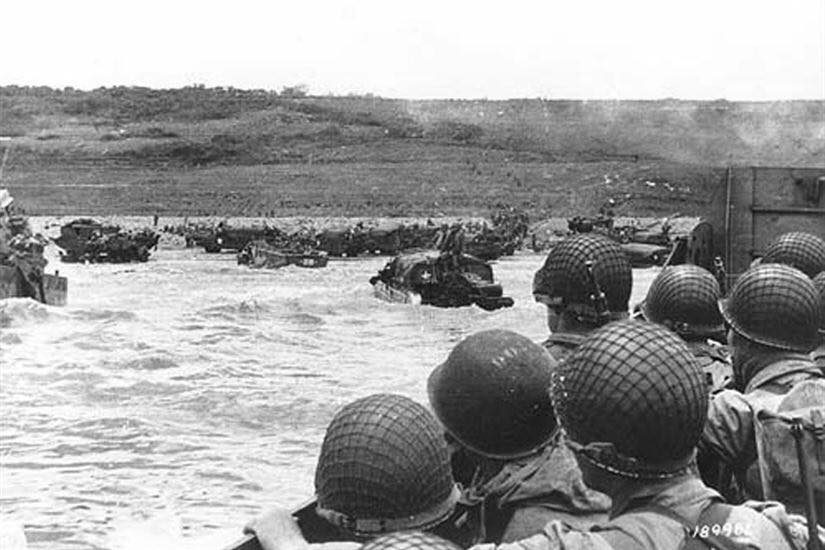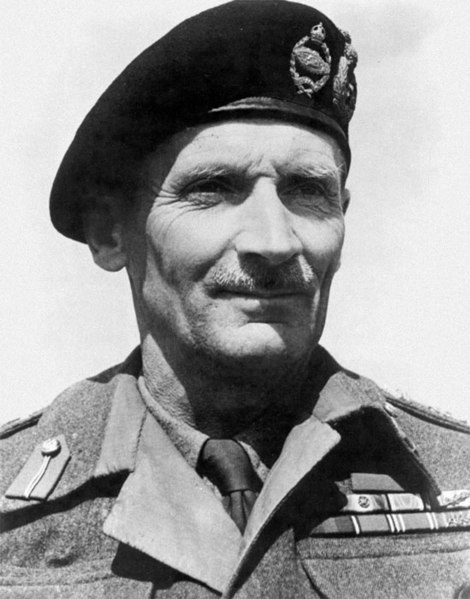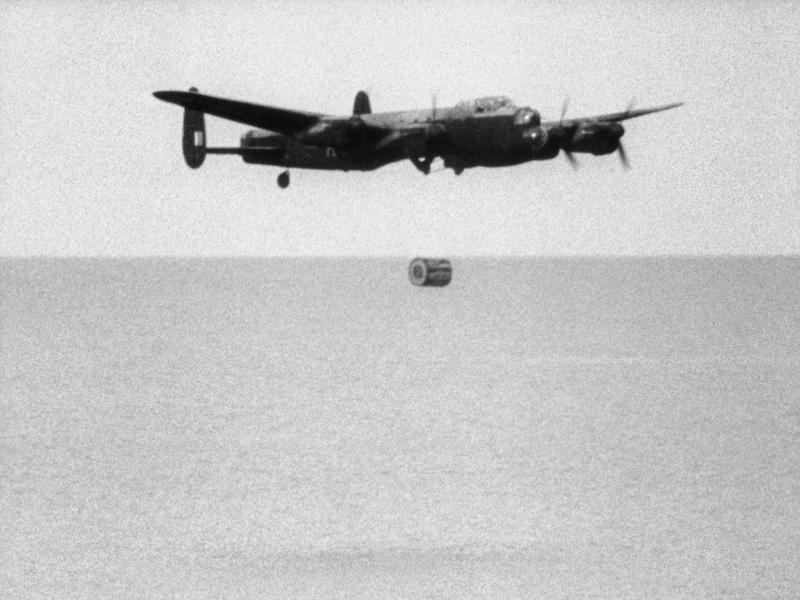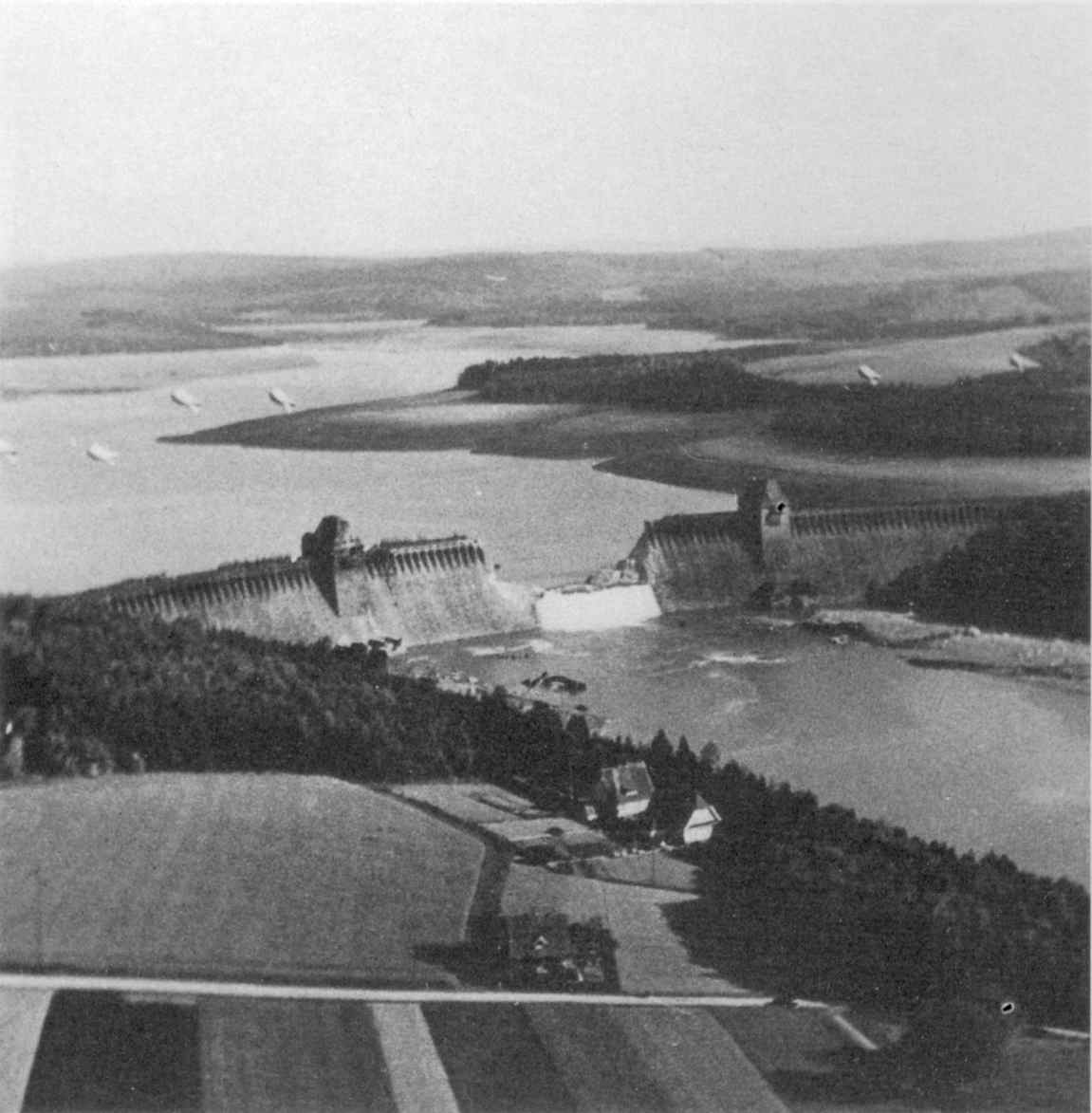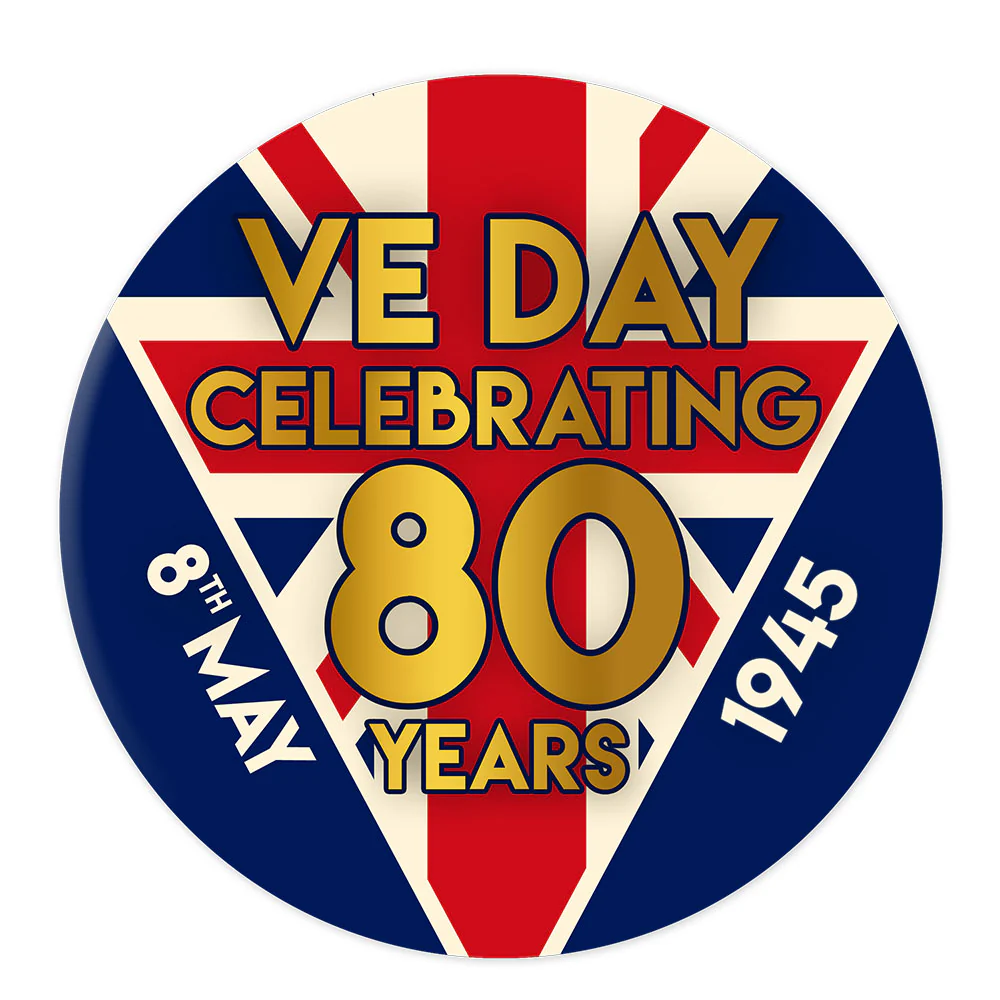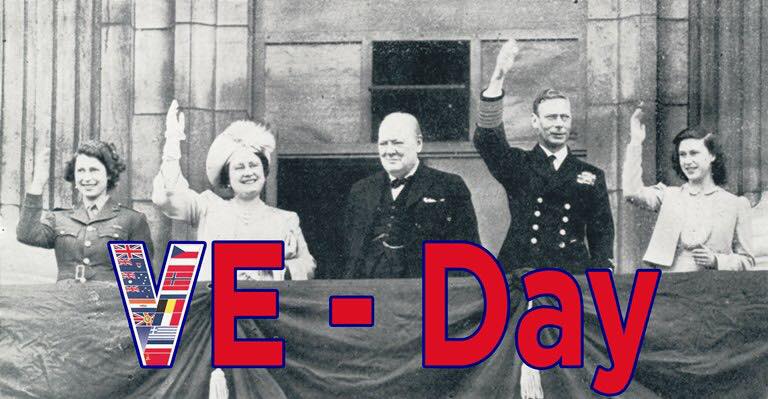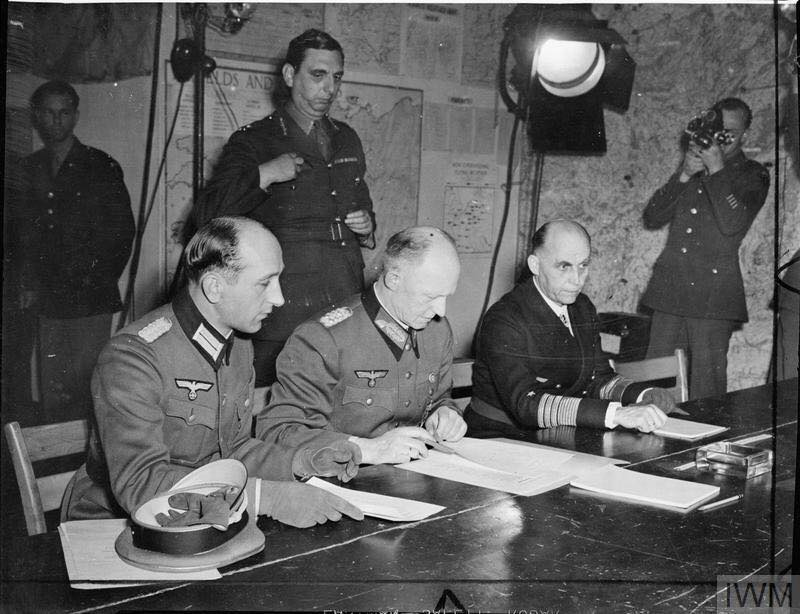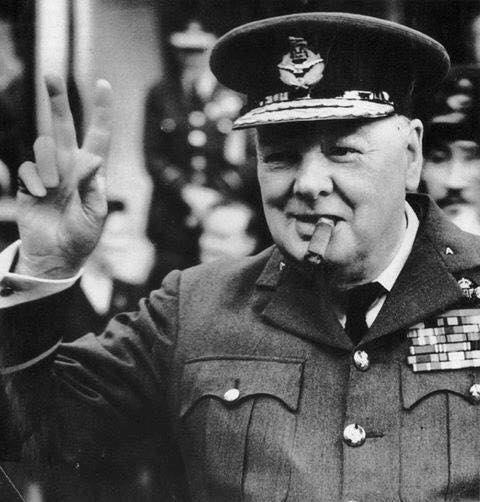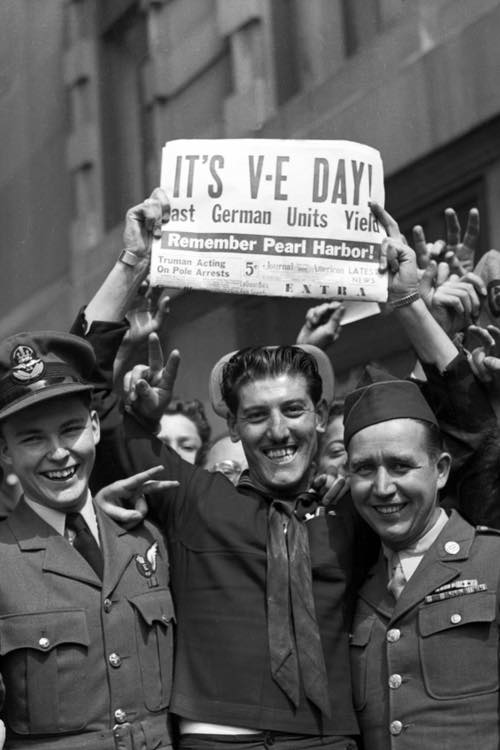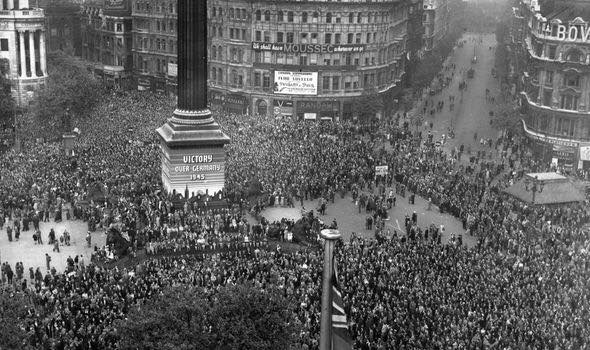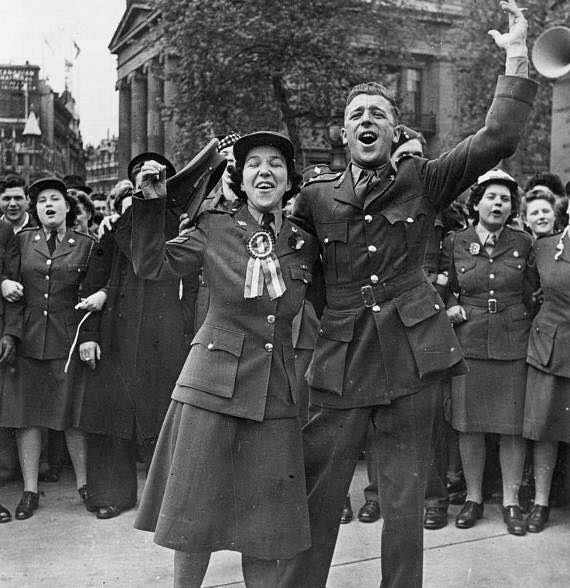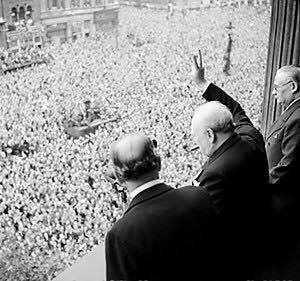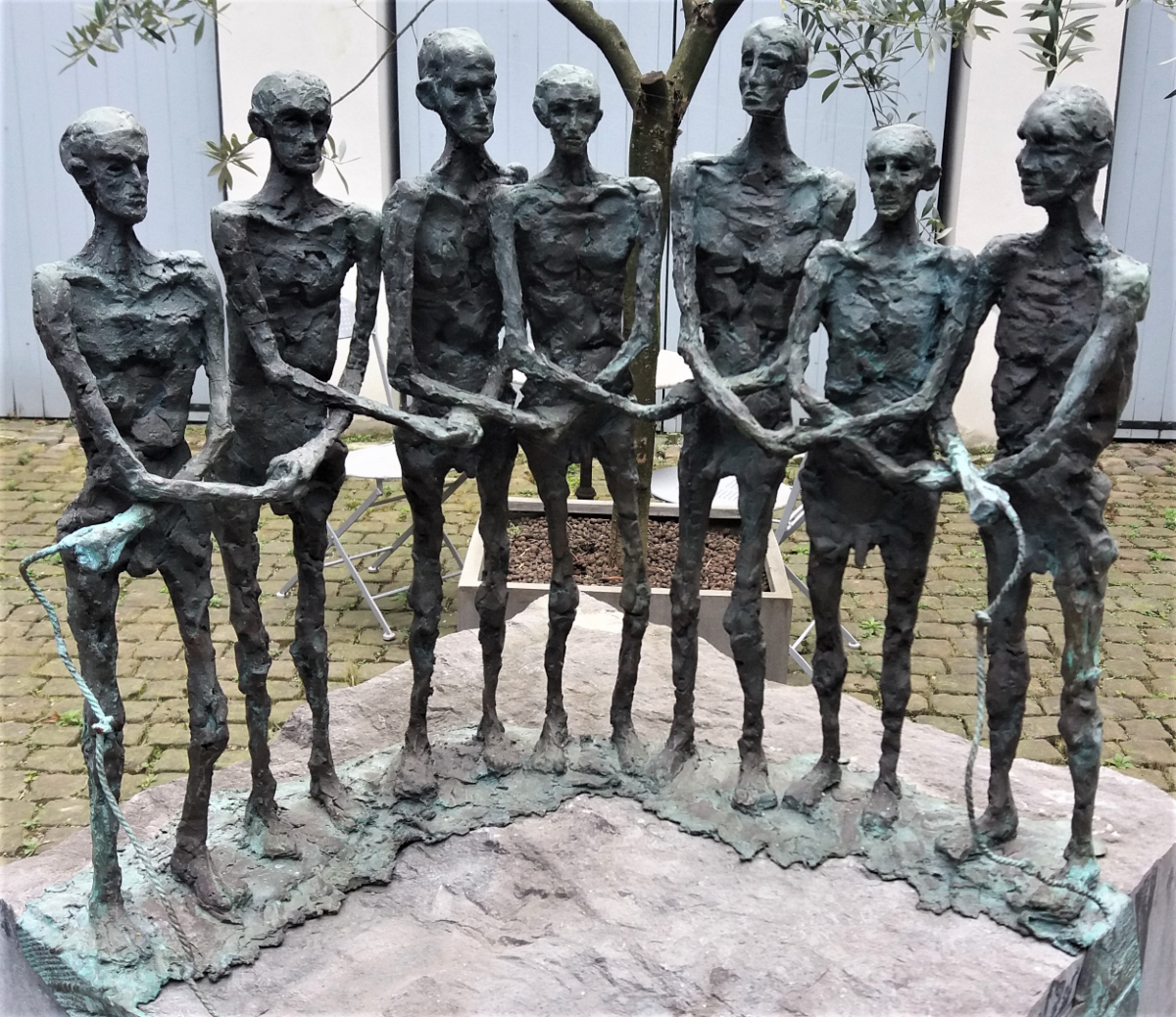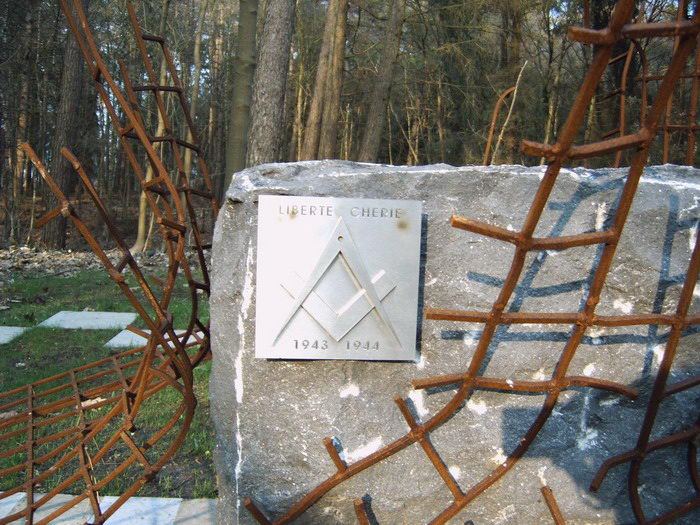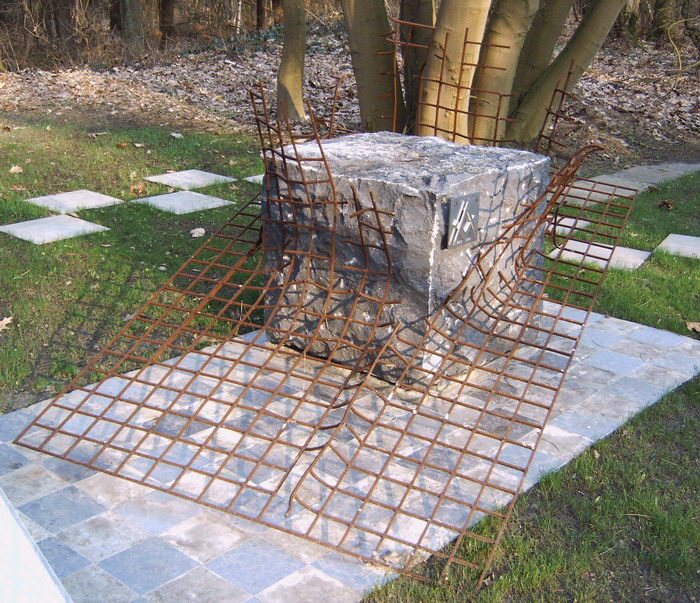Today marks the anniversary of D’Day, a day along with many others that marks a very important time in history for us and Europe, one that mustn’t be forgotten.
We hope you don’t mind this lengthy post, but we’d like to summarise things.
D’Day:
The Invasion of Normandy. On June 6, 1944 the Allied Forces of Britain, America, Canada, and France attacked German forces on the coast of Normandy, France. With a huge force of over 150,000 soldiers, the Allies attacked and gained a victory that became the turning point for World War II in Europe.
D’day was the largest amphibious invasion in history, with more than 4,000 ships, 11,000 warplanes and 156,000 Allied troops. Sadly, more than 4,400 Allied troops died that day.
Why is it called D’day?
Decision Day? Doomsday? Dreadnought Day?
None of the above. The D simply stands for “day.”
The designation was traditionally used for the date of any important military operation or invasion, according to the National World War II Museum.
Thus, the day before June 6, 1944, was known as D-1 and the days after were D+1, D+2, D+ and so on.
Leading up to the Battle:
Germany had invaded France and was trying to take over all of Europe including Britain. However, Britain and the United States had managed to slow down the expanding German forces. They were now able to turn on the offensive.
To prepare for the invasion, the Allies amassed troops and equipment in Britain. They also increased the number of air strikes and bombings in German territory. Right before the invasion, over 1000 bombers a day were hitting German targets. They bombed railroads, bridges, airfields, and other strategic places in order to slow down and hinder the German army.
Deception:
The Germans knew that an invasion was coming. They could tell by all the forces that were gathering in Britain as well as by the additional air strikes. What they didn't know was where the Allies would strike. In order to confuse the Germans, the Allies tried to make it look like they were going to attack north of Normandy at Pas de Calais.
The Weather:
Although the D-Day invasion had been planned for months, it was almost cancelled due to bad weather. General Eisenhower finally agreed to attack despite the overcast skies. Although the weather did have some affect and on the Allies ability to attack, it also caused the Germans to think that no attack was coming. They were less prepared as a result.
Interesting Facts about D-Day:
The troops needed the light of a full moon to see to attack. For this reason there were only a few days during a month when the Allies could attack. This led Eisenhower to go ahead with the invasion despite the bad weather.
The Allies wanted to attack during high tide as this helped the ships to avoid obstacles put in the water by the Germans.
Although June 6 is often called D-Day, D-Day is also a generic military term that stands for the day, D, of any major attack.
The overall military operation was called "Operation Overlord". The actual landings at Normandy were called "Operation Neptune".
The Five Beach Landings:
Utah - USA
Omaha - USA
Gold - Great Britain
Juno - Canada
Sword - Great Britain
Where do the names come from ?
On the American side, the names chosen correspond to a state, Utah, and to a city Nebraska, Omaha. They were selected at random : at the moment when the operations were being named, a general asked two NCOs where they were from.
For British and Canadians, the names correspond to the abbreviations for certain types fish : goldfish, swordfish and jellyfish. Jelly was changed to Juno in honour of the wife of one of the officers.
We must continue to learn from history so it Is not repeated.
We must ensure history is taught to the young.
We must never forget those that fell on that day and in all theatres of war since and to who we owe so much.
National D-Day Memorial
We hope you don’t mind this lengthy post, but we’d like to summarise things.
D’Day:
The Invasion of Normandy. On June 6, 1944 the Allied Forces of Britain, America, Canada, and France attacked German forces on the coast of Normandy, France. With a huge force of over 150,000 soldiers, the Allies attacked and gained a victory that became the turning point for World War II in Europe.
D’day was the largest amphibious invasion in history, with more than 4,000 ships, 11,000 warplanes and 156,000 Allied troops. Sadly, more than 4,400 Allied troops died that day.
Why is it called D’day?
Decision Day? Doomsday? Dreadnought Day?
None of the above. The D simply stands for “day.”
The designation was traditionally used for the date of any important military operation or invasion, according to the National World War II Museum.
Thus, the day before June 6, 1944, was known as D-1 and the days after were D+1, D+2, D+ and so on.
Leading up to the Battle:
Germany had invaded France and was trying to take over all of Europe including Britain. However, Britain and the United States had managed to slow down the expanding German forces. They were now able to turn on the offensive.
To prepare for the invasion, the Allies amassed troops and equipment in Britain. They also increased the number of air strikes and bombings in German territory. Right before the invasion, over 1000 bombers a day were hitting German targets. They bombed railroads, bridges, airfields, and other strategic places in order to slow down and hinder the German army.
Deception:
The Germans knew that an invasion was coming. They could tell by all the forces that were gathering in Britain as well as by the additional air strikes. What they didn't know was where the Allies would strike. In order to confuse the Germans, the Allies tried to make it look like they were going to attack north of Normandy at Pas de Calais.
The Weather:
Although the D-Day invasion had been planned for months, it was almost cancelled due to bad weather. General Eisenhower finally agreed to attack despite the overcast skies. Although the weather did have some affect and on the Allies ability to attack, it also caused the Germans to think that no attack was coming. They were less prepared as a result.
Interesting Facts about D-Day:
The troops needed the light of a full moon to see to attack. For this reason there were only a few days during a month when the Allies could attack. This led Eisenhower to go ahead with the invasion despite the bad weather.
The Allies wanted to attack during high tide as this helped the ships to avoid obstacles put in the water by the Germans.
Although June 6 is often called D-Day, D-Day is also a generic military term that stands for the day, D, of any major attack.
The overall military operation was called "Operation Overlord". The actual landings at Normandy were called "Operation Neptune".
The Five Beach Landings:
Utah - USA
Omaha - USA
Gold - Great Britain
Juno - Canada
Sword - Great Britain
Where do the names come from ?
On the American side, the names chosen correspond to a state, Utah, and to a city Nebraska, Omaha. They were selected at random : at the moment when the operations were being named, a general asked two NCOs where they were from.
For British and Canadians, the names correspond to the abbreviations for certain types fish : goldfish, swordfish and jellyfish. Jelly was changed to Juno in honour of the wife of one of the officers.
We must continue to learn from history so it Is not repeated.
We must ensure history is taught to the young.
We must never forget those that fell on that day and in all theatres of war since and to who we owe so much.
National D-Day Memorial

